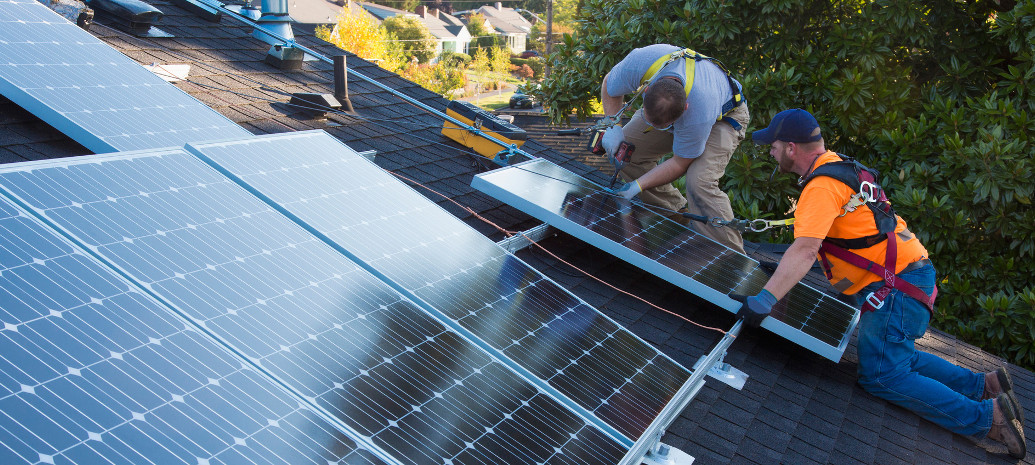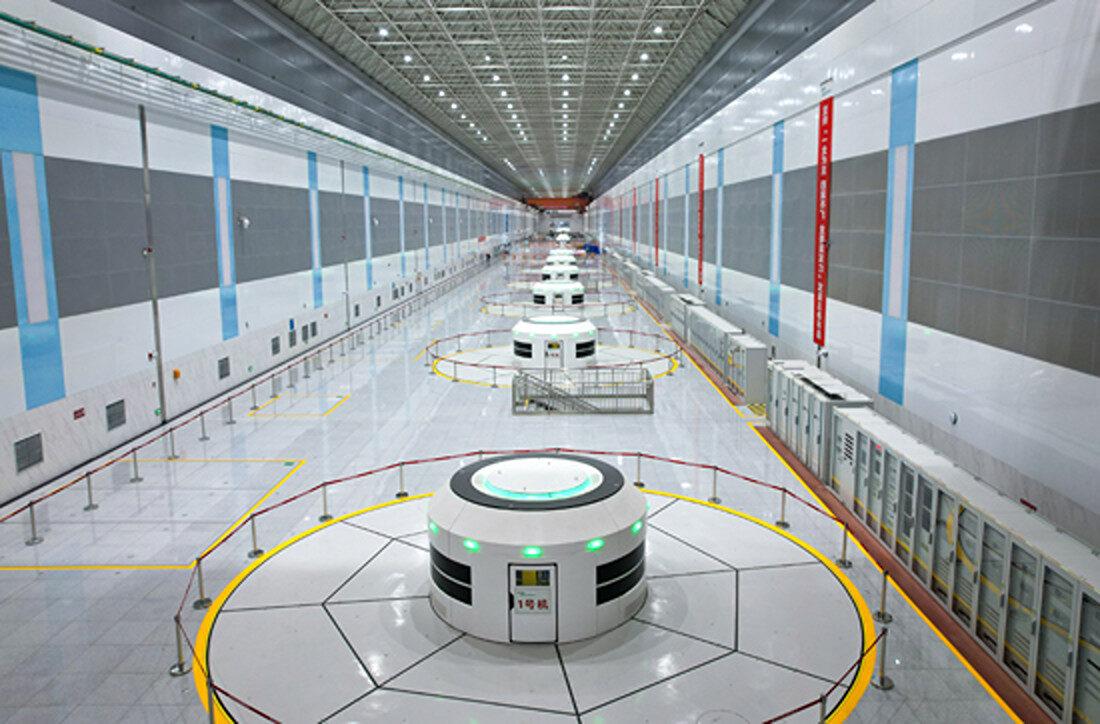A new study conducted by researchers at the Massachusetts Institute of Technology (MIT) suggests that four-junction tandem cells may become a viable option in the residential solar business, regardless of location, and despite their high costs.
Overall, the research group analyzed four different thin film PV technologies across three different types of environment in the United States: arid in Arizona; temperate in South Dakota; and humid in Florida.
In each of these environments, the scientists compared two kinds of single-junction solar cells – cadmium telluride, or CdTe, and copper-indium-gallium-selenide, or CIGS – with two different types of tandem cells – two-junction or four-junction. In particular, the researchers analyzed how a project’s levelized cost of electricity (LCOE) could be affected depending on whether overall energy prices remain constant or decline over time.
“For residential systems, we showed that the four-terminal tandem system [the most efficient solar cell available] was the best option, regardless of location,” said research coordinator, Sarah Sofia. For large-scale solar plants, the research authors found instead that the technology with the lowest production costs may represent the best deal.
“For me, showing that a four-terminal tandem cell had a clear opportunity to succeed was not obvious. It really shows the importance of having a high energy yield in a residential system,” Sofia further explained.
The findings of the study may be applicable for all kind of thin film solar technologies, the study's authors concluded.
This content is protected by copyright and may not be reused. If you want to cooperate with us and would like to reuse some of our content, please contact: editors@pv-magazine.com.




Does any company currently make a four-junction tandem systems for residential applications???